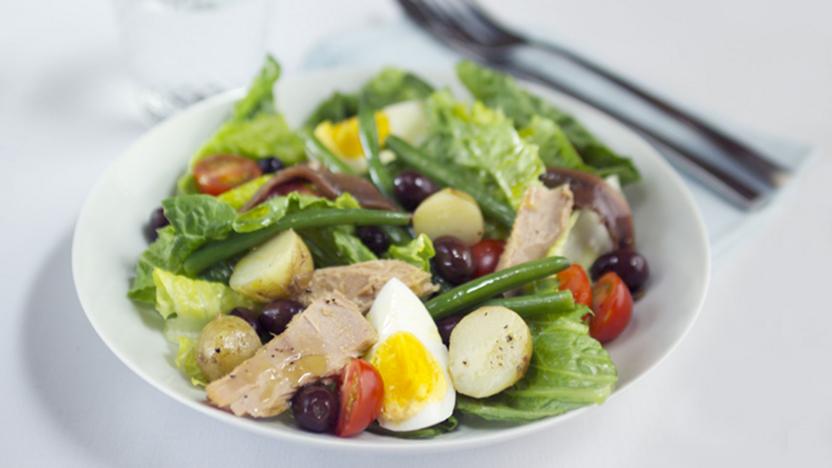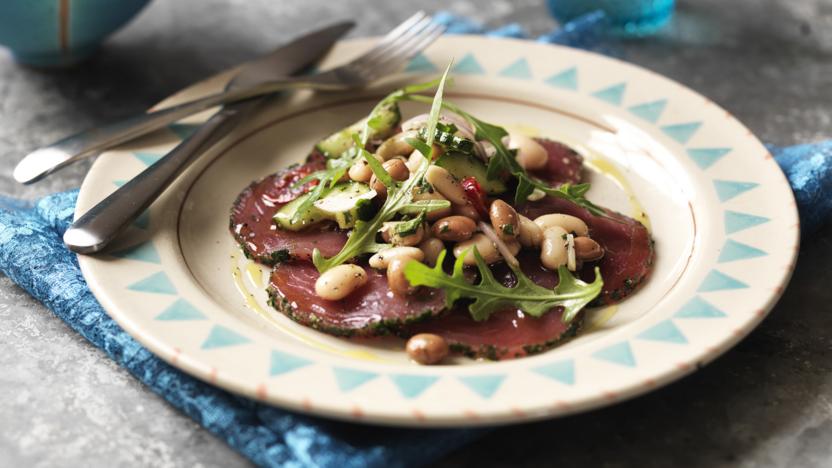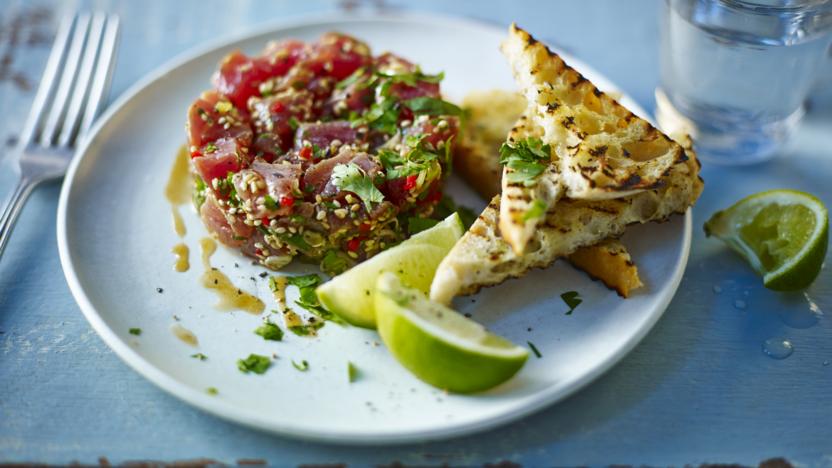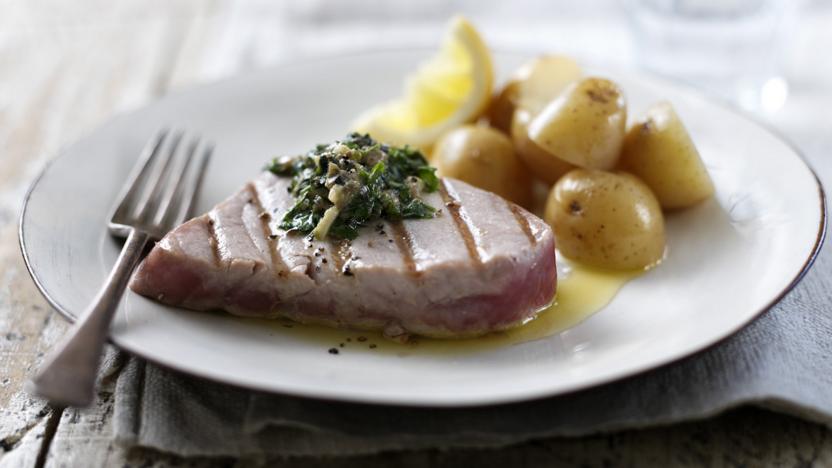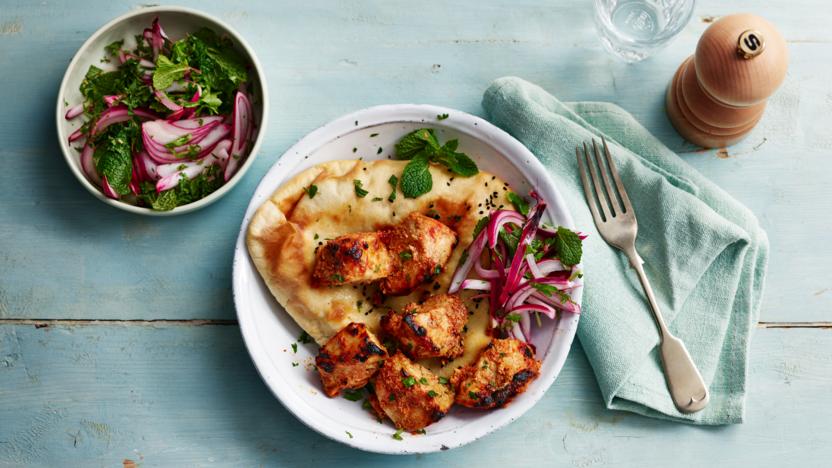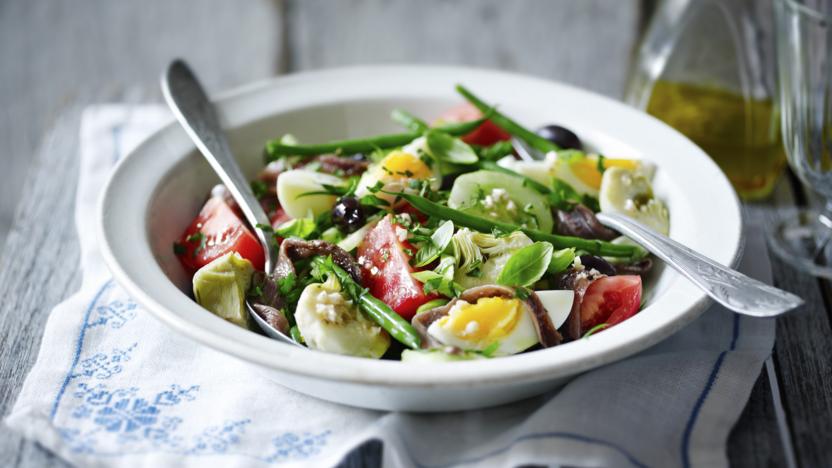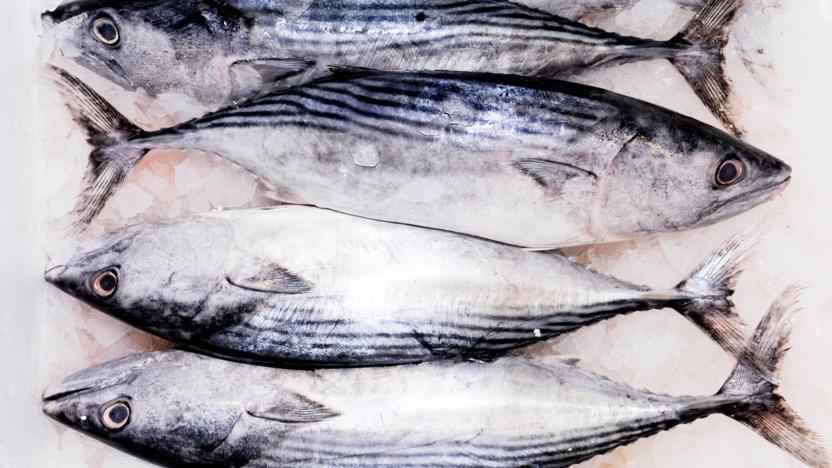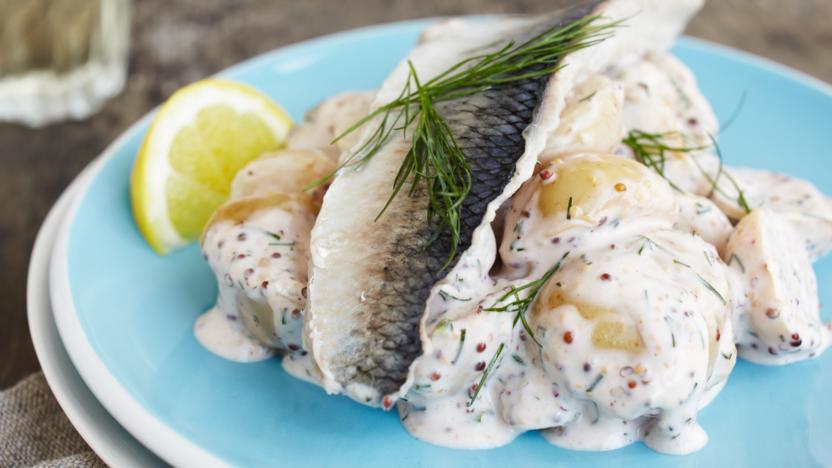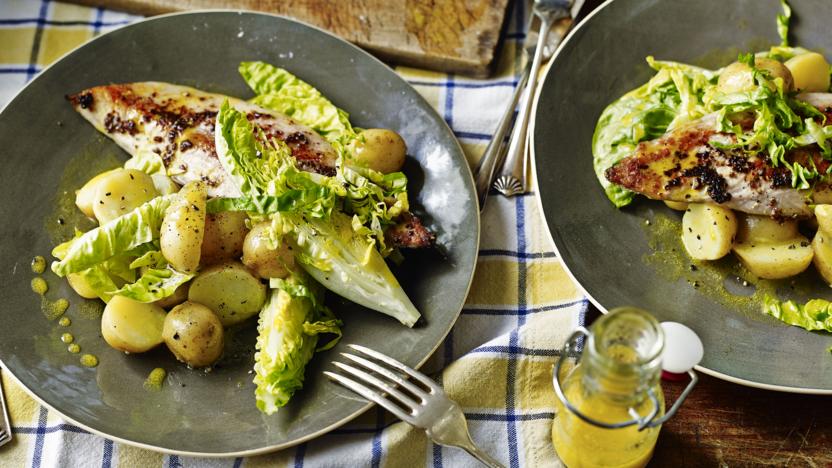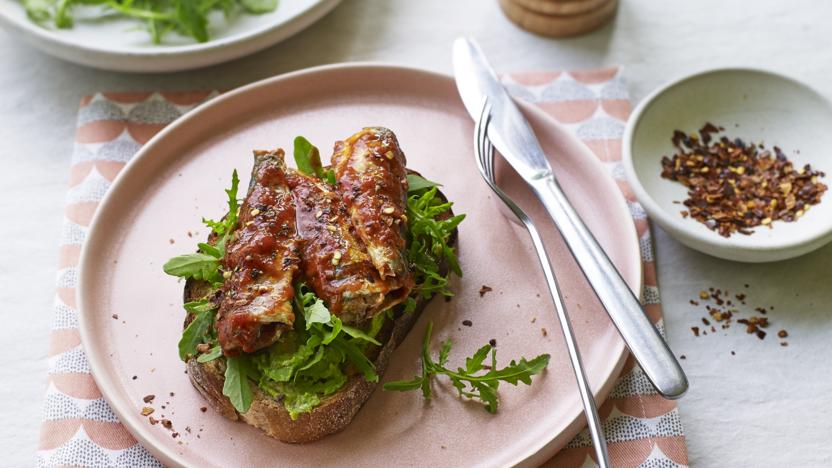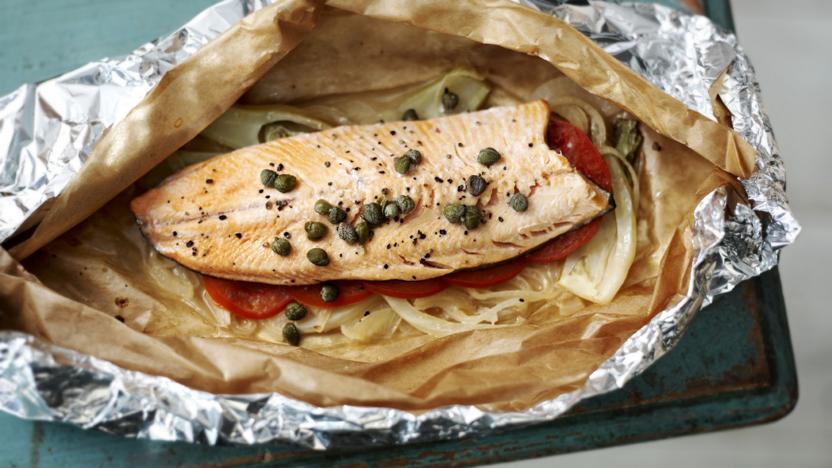Fresh tuna recipes
A wonderful meaty fish with a subtle flavour, perfect for char-grilling. Wild tuna are large, impressive fish with smooth, bullet-shaped bodies, deeply forked tail fins and thick, glossy (and sometimes patterned) skin.
Think salad is boring? This classic French Niçoise salad is full of flavour and texture, perfect for popping in your lunchbox.
More fresh tuna recipes
Buyer's guide
Tuna is widely available, but can sometimes see a dip in availability due to the monsoon season and where the tuna has been landed. Various types of tuna – particularly yellowfin and skipjack tuna – are also used for the canning industry.
Serious sustainability issues surround this fish, particularly when whole shoals are caught using large nets (such as with the purse-seining method). It is widely agreed that albacore tuna caught by pole is the best option as these fish are landed individually. Bluefin tuna - the most prized and the most vulnerable - should be avoided. Skipjack tuna, used in tinned tuna is the most sustainable of all the tuna species.
Preparation
Tuna is cleaned, skinned and cut into loins upon capture; there are very rarely any residual bones, so the fish requires a minimal amount of preparation. For cooking it is best brushed with oil and lightly seasoned; pan-frying, chargrilling and barbecuing are the best methods of cooking. Tuna is often cooked ‘tataki’ style: the fish is seared very quickly on the outside and served completely raw in the middle. A dressing of soy and sesame with nam pla, ginger and chilli all work brilliantly with tuna. Good-quality tuna is also used for Japanese sushi and sashimi.
